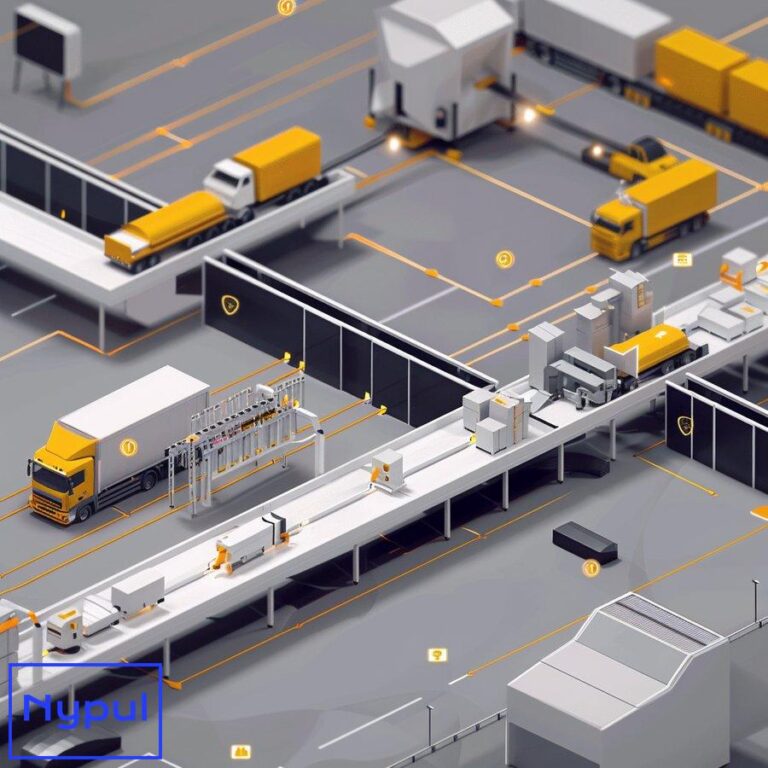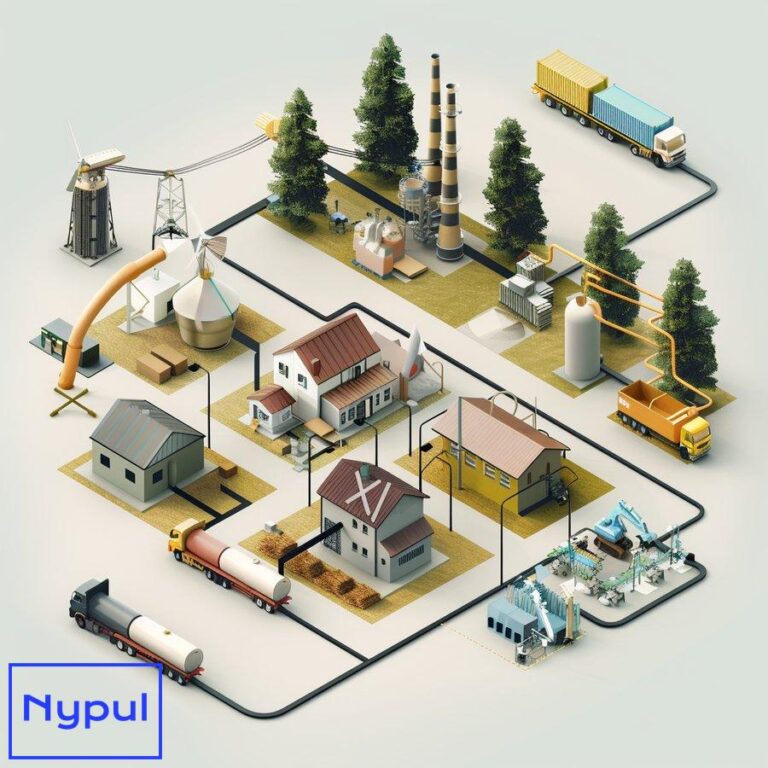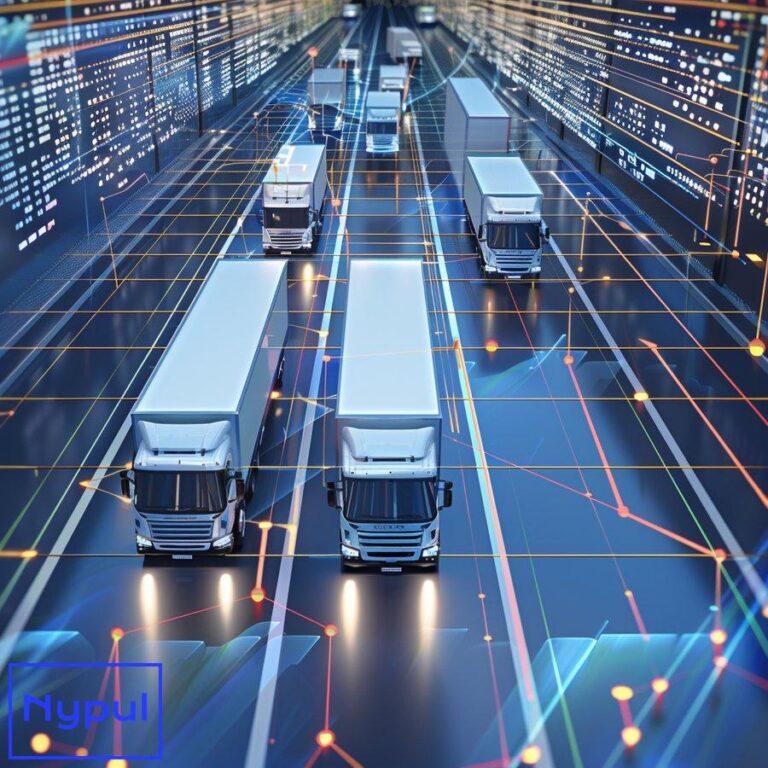How to Optimize Transportation Routes
What is route optimization and why is it important? Route optimization is the process of determining the most efficient path for vehicles to travel between multiple destinations. It goes beyond simply finding the shortest distance between points A and B. Instead, route optimization considers numerous variables to create the most cost-effective and time-efficient routes possible….









